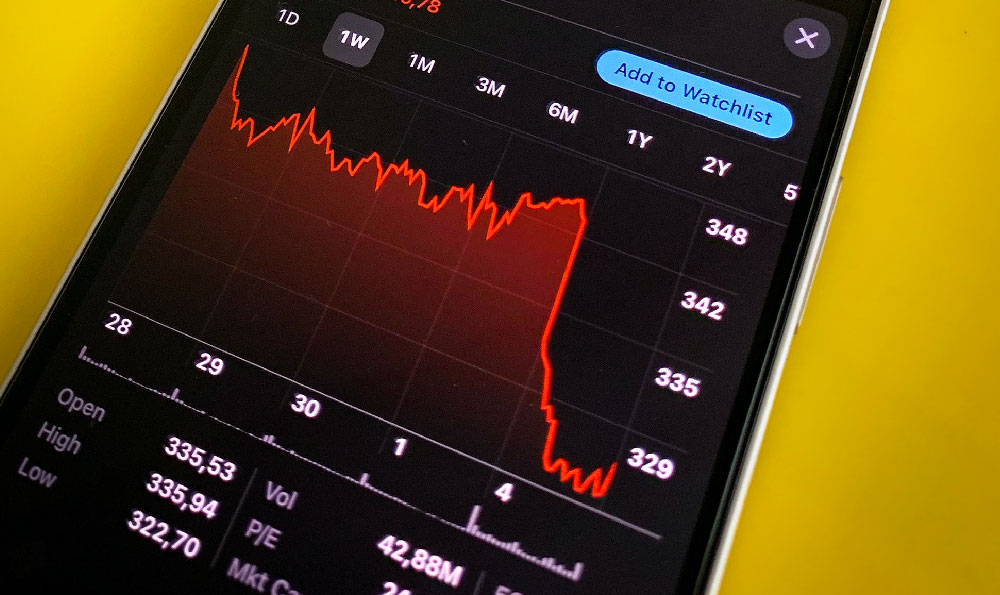When it comes to the financial backbone of esports teams, understanding the diverse revenue streams and sponsorship income is essential for navigating the industry’s complexity. Unlike traditional sports, where revenue often hinges on television deals and ticket sales, the esports landscape thrives on a combination of digital commerce, brand partnerships, and innovative monetization models. The success of an esports team is not just measured by their performance on the battlefield but also by their ability to generate sustainable income from multiple avenues. In this context, the intersection of virtual currency and esports offers a fascinating glimpse into how modern teams are adapting to technological advancements and market trends.
One of the most significant financial contributions to esports teams is sponsorship income. This form of revenue is derived from partnerships with brands that seek to tap into the massive global fan base of competitive gaming. Brands ranging from tech companies to beverage giants invest in esports teams to gain exposure and build brand loyalty among younger demographics. These sponsorships often take the form of personalized gear, in-game advertisements, or broadcasting deals. For instance, a team might secure a multi-million-dollar deal with a gaming hardware manufacturer to have their logo featured on tournament jerseys, while another might collaborate with a mobile app to integrate its platform into a team’s digital presence. The value of these partnerships lies not only in the upfront payment but also in the long-term strategic alignment between the team and the brand, creating a mutually beneficial ecosystem.
Another critical revenue stream for esports teams is media rights and broadcasting income. As the popularity of esports grows, so does the demand for live coverage, which translates into substantial revenue for teams and organizations. Media rights agreements typically involve partnerships with streaming platforms like Twitch, YouTube, or traditional broadcasters who pay for exclusive access to live tournaments and matches. These deals can generate millions of dollars annually, depending on the team’s visibility and the scale of the events they participate in. For example, a Dota 2 team might earn significant income from broadcasting contracts with international eSports leagues, while a League of Legends team could benefit from a deal with a major media company to showcase their matches on a global scale. The competitive nature of these partnerships drives teams to constantly innovate and maintain high standards of performance to secure prime broadcasting slots.

Tournament entry fees and prize money also play a vital role in the financial health of esports teams. Participating in high-profile tournaments often requires a significant investment, which is then partially recouped through the entry fees paid by the team. Additionally, the prize pools associated with these tournaments can be massive, especially in games like Fortnite, CS:GO, or Valorant. For example, a team might pay thousands of dollars to compete in a regional qualifier, hoping to secure a spot in a global championship that offers a prize pool of millions. The stakes are high, and the potential for rapid financial growth is significant, making tournaments a cornerstone of esports monetization. However, the unpredictable nature of these outcomes also introduces risk, as teams could face substantial losses if they fail to qualify or underperform.
Merchandise sales and fan engagement are yet another powerful revenue stream for esports teams. The passionate fan base of gaming has made it possible for teams to generate income through branded merchandise, such as T-shirts, hoodies, and gaming accessories. These products are often sold on team websites, official stores, or third-party marketplaces. For example, a popular Valorant team might sell custom-designed jerseys that double as functional gaming apparel, while a Forza Motorsport team could offer limited-edition car models as collectibles. In addition to physical products, teams also explore digital merchandise, such as in-game skins, virtual clothing, and NFT collectibles. These digital assets not only provide a new avenue for revenue but also create a unique connection between teams and their fans, fostering loyalty and long-term engagement.
Streaming income has become a cornerstone of esports teams’ monetization strategies. With the rise of platforms like Twitch and YouTube, teams can directly engage with audiences, generating revenue through subscriptions, donations, and ad revenue. For example, a professional Fortnite team might build a large following through consistent gameplay streams, where they interact with fans, compete in challenges, and showcase their skills. The financial potential of streaming is vast, but it requires a significant investment in content quality, engagement, and infrastructure. Teams that can maintain a loyal audience while balancing their competitive schedule often see substantial returns, making streaming a valuable addition to their revenue portfolio.
Finally, the emergence of virtual currency and blockchain technology has introduced new possibilities for esports teams to diversify their income sources. Some teams are exploring the use of cryptocurrencies as a payment method, allowing for faster and more secure transactions with sponsors and fans. Additionally, blockchain-based fan tokens and NFTs offer teams a way to monetize their community and create unique digital assets that can be traded or sold. For instance, a team might issue fan tokens that grant holders exclusive access to content or voting rights in team decisions, while another might launch NFTs that represent limited-edition memorabilia from past tournaments. These innovations not only provide new revenue streams but also embrace the digital transformation that underpins the entire esports industry. As the market evolves, the ability to adapt and integrate these technologies will be key to sustaining financial growth and managing risks effectively.












